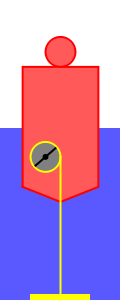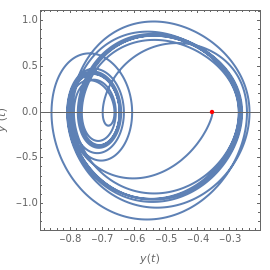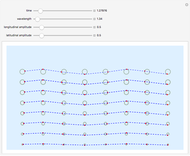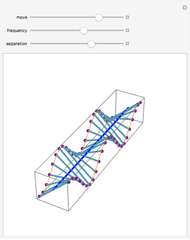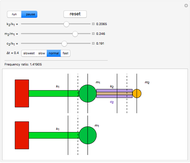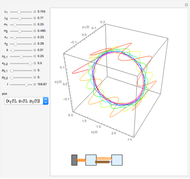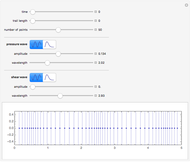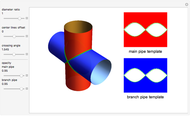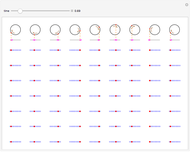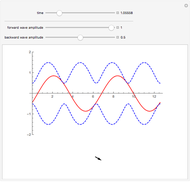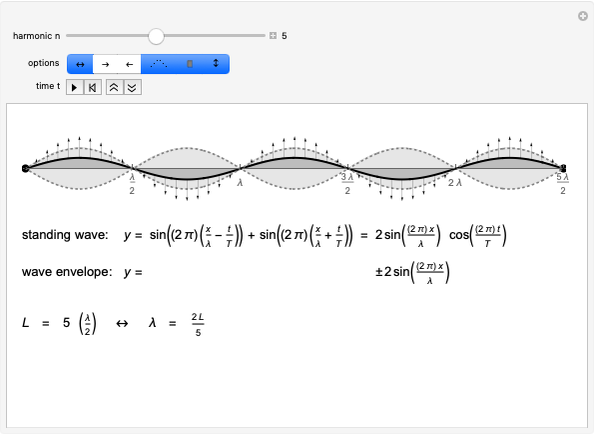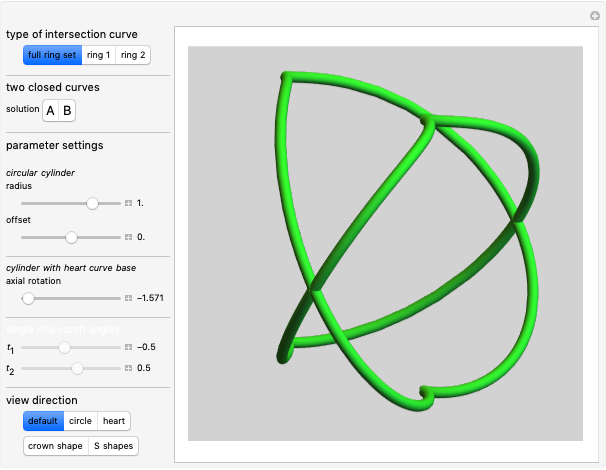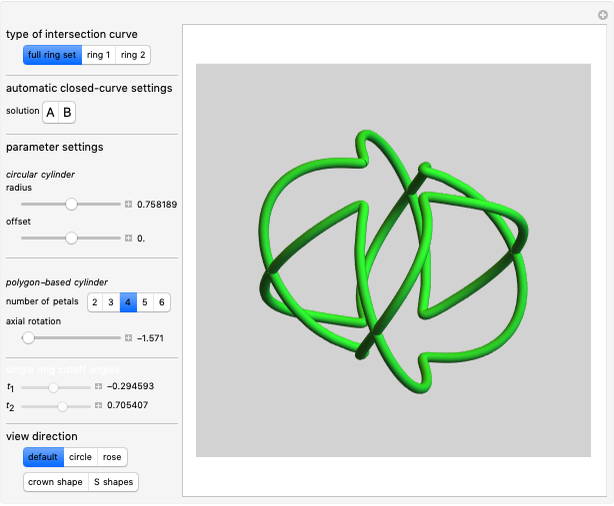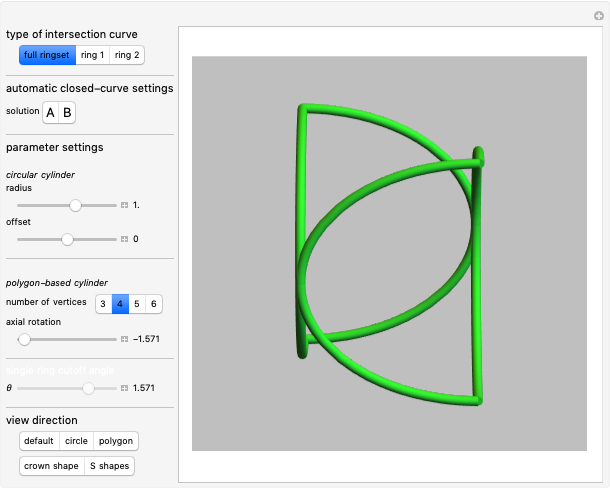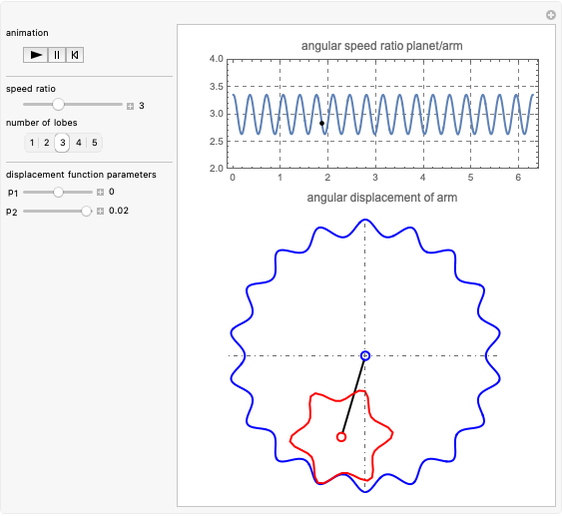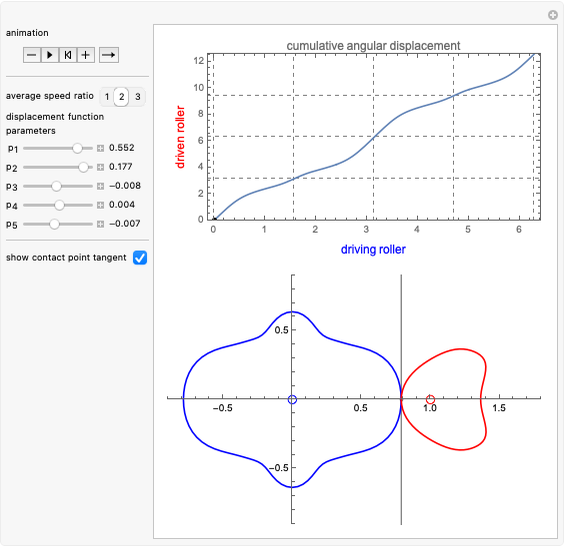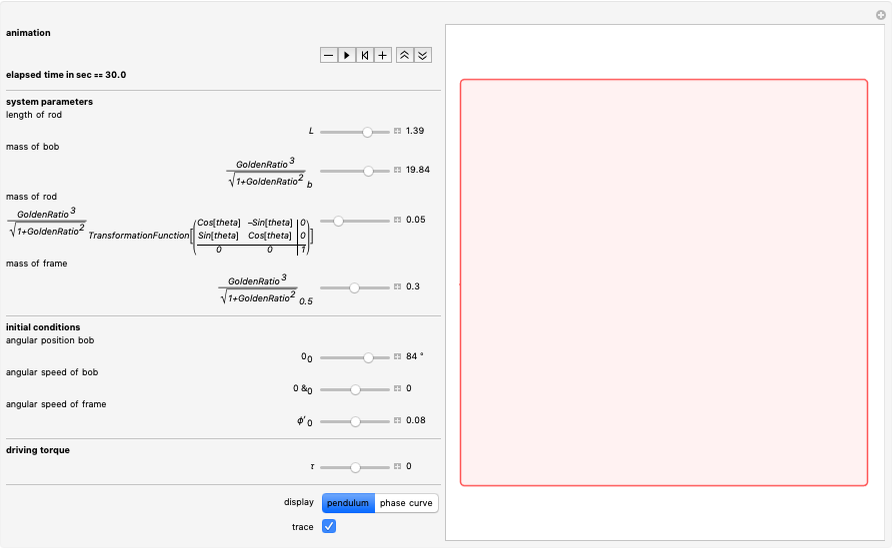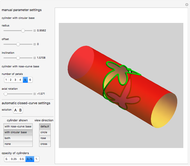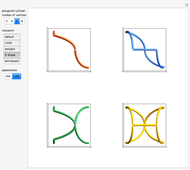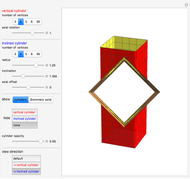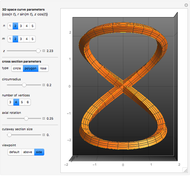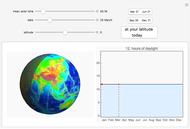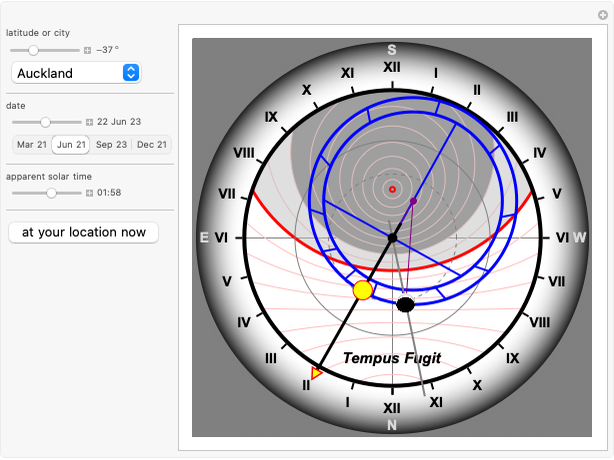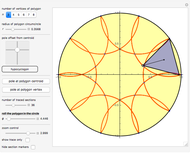Floating Wave Energy Converter

Requires a Wolfram Notebook System
Interact on desktop, mobile and cloud with the free Wolfram Player or other Wolfram Language products.
This Demonstration simulates a floating wave energy converter, which consists of a buoy containing a winch anchored to the bottom of the seabed by a cable.
[more]
Contributed by: Erik Mahieu (May 2013)
Open content licensed under CC BY-NC-SA
Snapshots
Details
The equation of motion expresses the equilibrium of forces acting on the buoy: the downward force of gravity, the upward buoyancy, the upward drag force, and the up or down reactive torque of the winch that drives the generators.
For the wave motion, a periodic trochoidal wave model is used [1].
For a concrete example of a wave energy conversion project by similar buoys, see [2].
References
[1] R. Nave. "Ocean Waves." HyperPhysics. (May 7, 2013) hyperphysics.phy-astr.gsu.edu/hbase/waves/watwav2.html.
[2] VLIZ - Flanders Marine Institute. "FlanSea Wave Pioneer Wave Energy Converter." Press release. (Apr 23, 2013) hugin.info/134311/R/1695437/557886.pdf.
Permanent Citation
"Floating Wave Energy Converter"
http://demonstrations.wolfram.com/FloatingWaveEnergyConverter/
Wolfram Demonstrations Project
Published: May 10 2013

